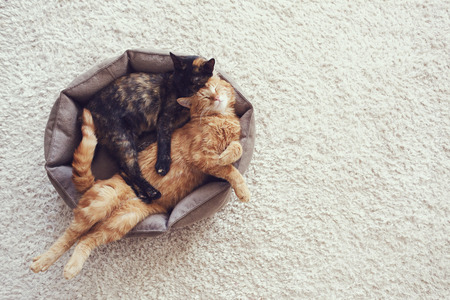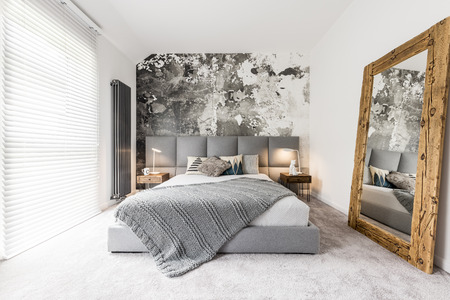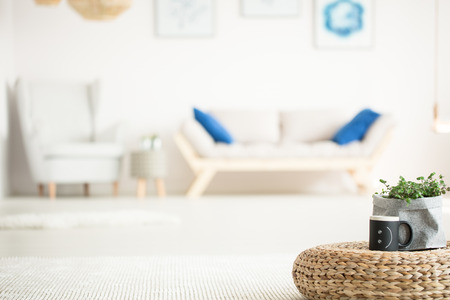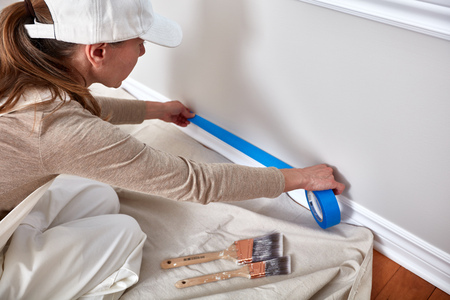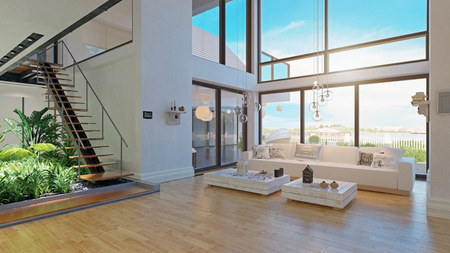
Summer is drawing to a close, and that means it is time to start your preparation for school. At first, you may think this does not affect your home. However, time schedules in your household are about to get stir up a little bit. Children will be out of the house sooner, more laundry from sporting events, and even more a chaotic schedule may come into the mix. There are a few rooms in our homes which need immediate attention before this all of this occurs, so make sure you prepare your home with these three simple tips.
Laundry Room
With children going back to school, you may need to expect more laundry. Kid activities and sports may demand more clothing. You want to facilitate a plan to keep washing and cleaning clothes flowing at all times. This can be as simple as investing in laundry baskets and determining laundry days. Installing a “clean clothes” rack in your laundry room can allow clothes to dry and be put away at a more convenient time. You should arrange a game plan with your children to help this process be as smooth and effective as possible.
Kitchen
The kitchen also may get a little messier during the school year. Instead of having breakfast together, the mornings can be fast-paced before catching the bus or riding into school. You can establish an area for quick and easy snacks, set up a coffee station, and make sure everyone knows to put their dishes in the dishwasher before they leave. Just be sure to tailor the kitchen to your family’s lifestyle.
Study Area
A study area can also serve a great purpose during the school year. In today’s fast-paced society, there are more distractions than ever in the household. Designate a study area for your children and allow them a place to unwind and finish their assignments. Encourage your children to go to the study area right after school to help form strong habits. Make sure it is well-lit, no distractions, and provide areas where they can work, such as a desk or table.
These simple tricks can help your household flow smoothly into the new school year. Help your children and family work together to keep your house clean and operating for the tasks ahead. For more tips and tricks, make sure to subscribe!

